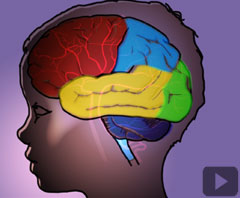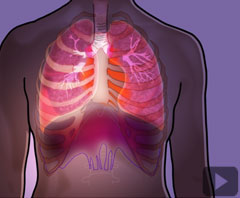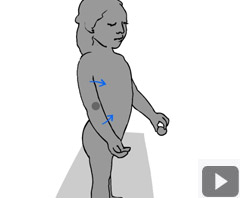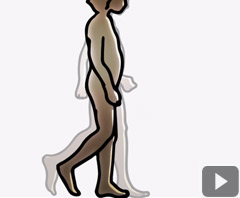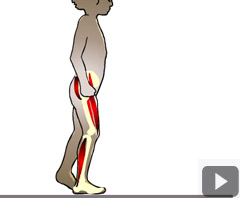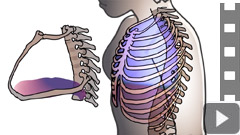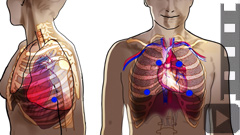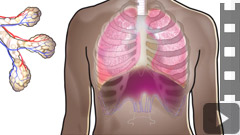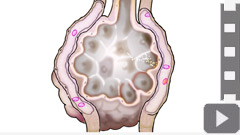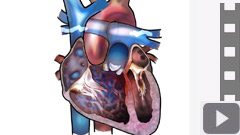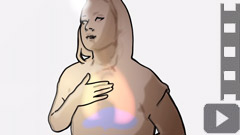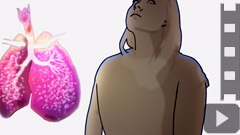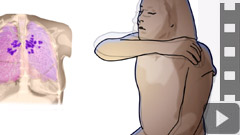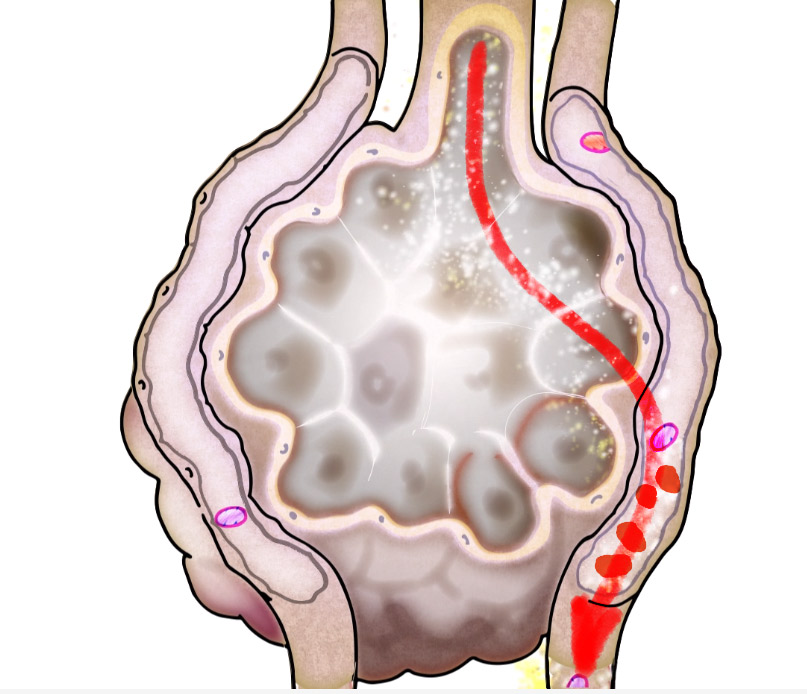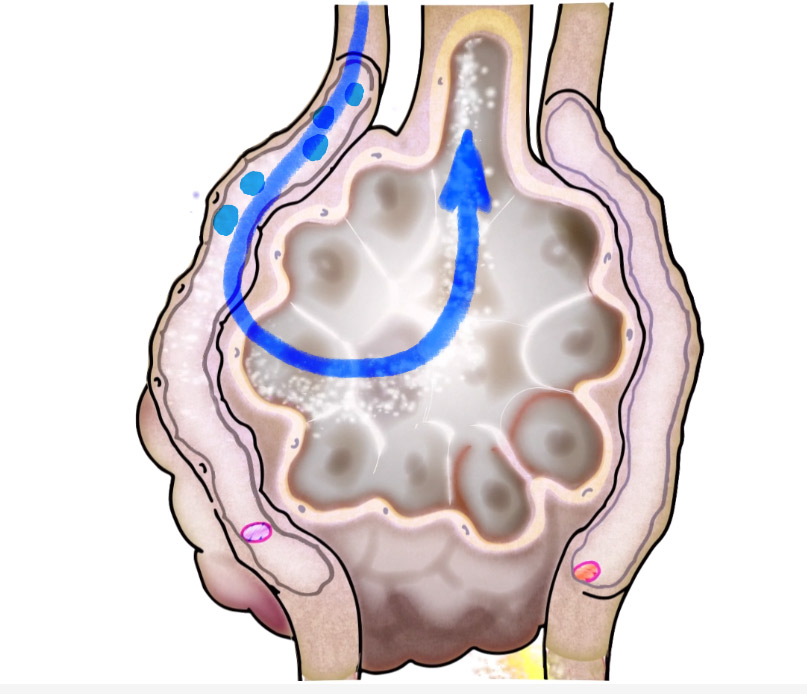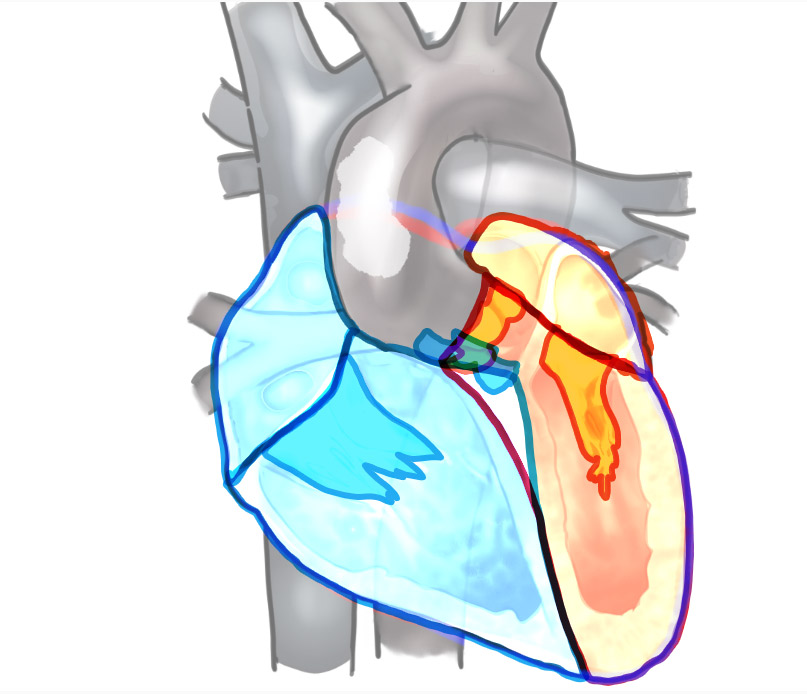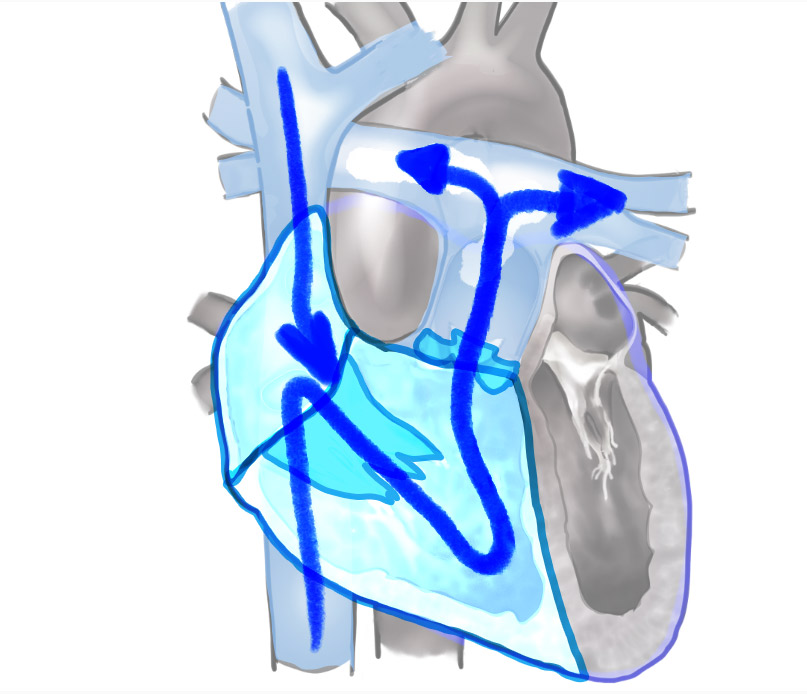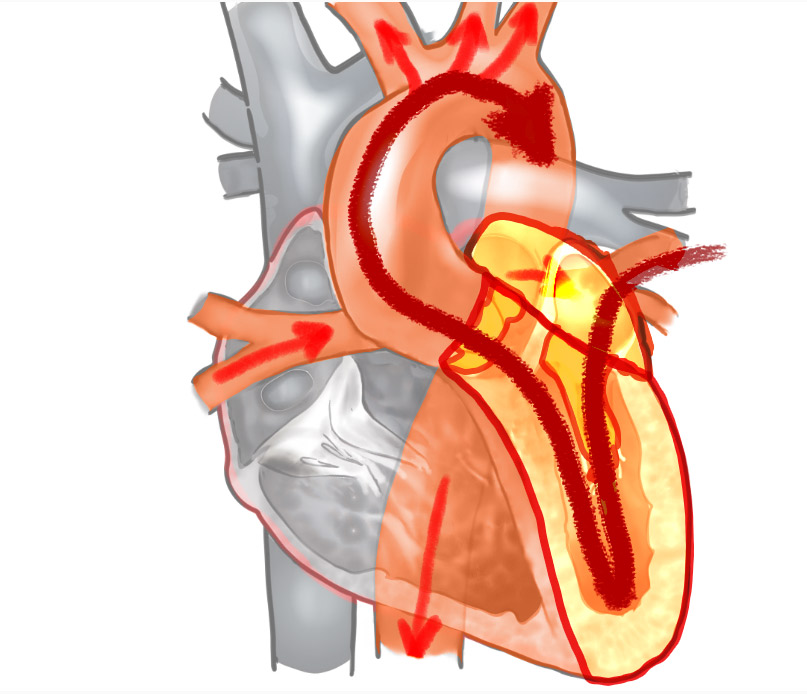Animation prep area
The following animations are designed to help the student become familiar with their subject by encouraging observation. Colour is used to focus attention on where emphasis is usually placed, with notes added where supporting detail may be useful.
(nb. this is a temp location for now until animation is developed further)
Paediatrics (inc Cerebral Palsy)
finished and now at: paediatric-cbr1.web.app
Amputee
finished and now at: amputee-cbr2.web.app/
Stroke
all material now moved to https://stroke-cbr3.web.app/...
Spinal Cord Injury
all material now moved to https://physio-sci.web.app/...
MSK (general)
all material now moved to https://select-module.web.app/ (except following still to clear)...
